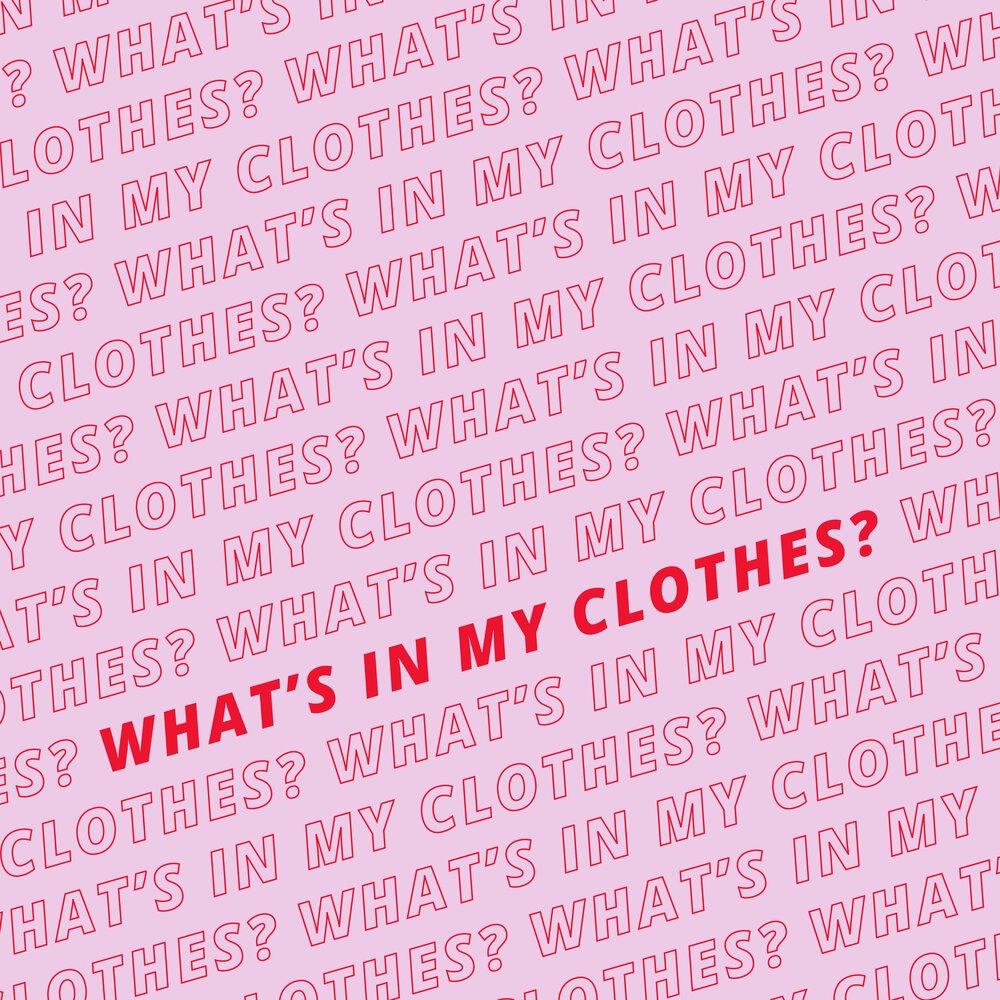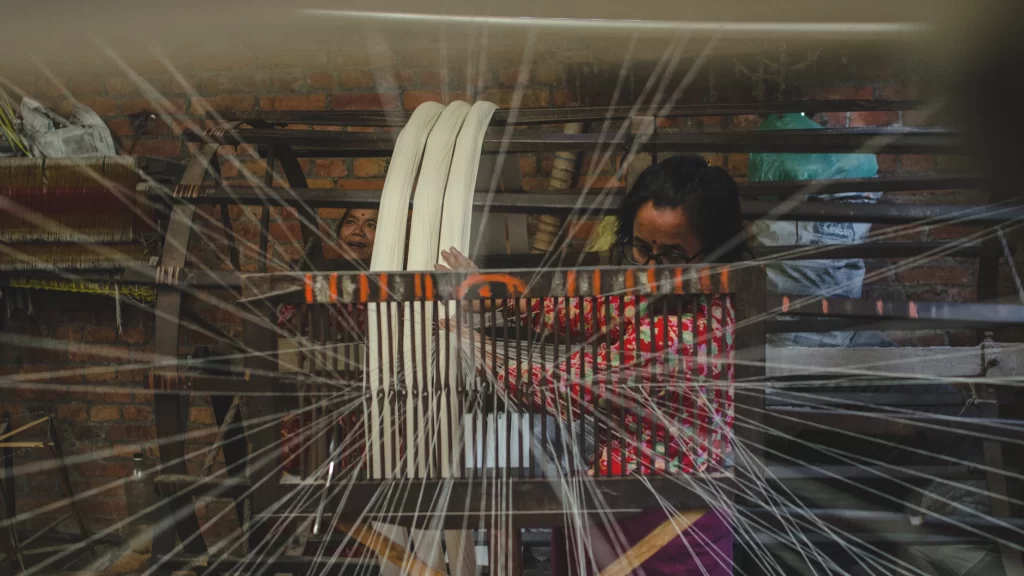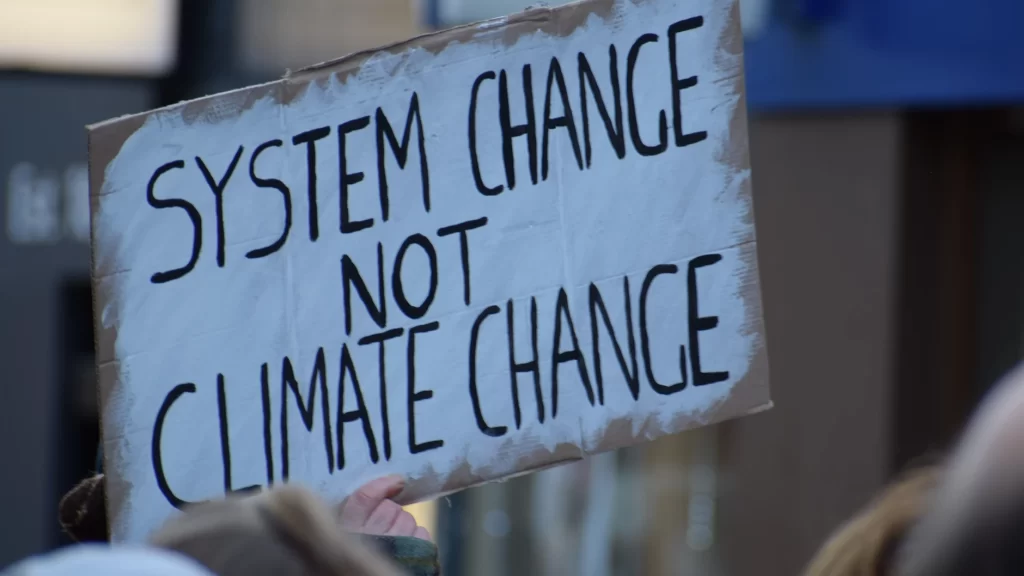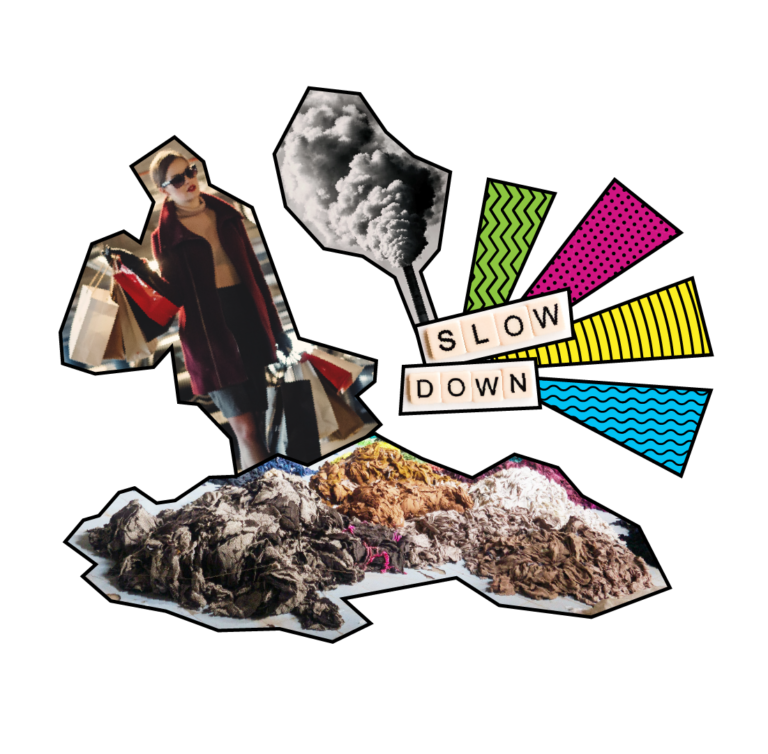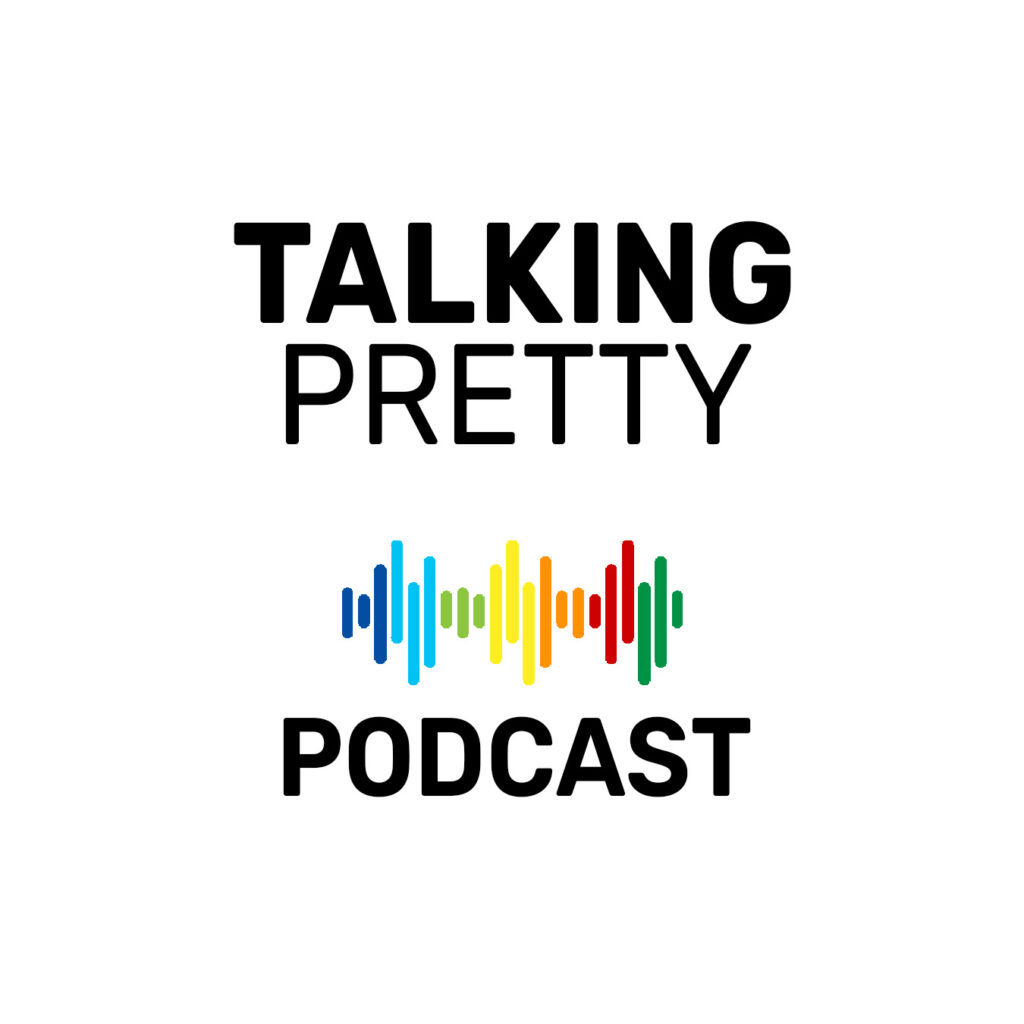Ever stopped to think about what goes into the clothes you wear every day? Or the energy they bring into our lives?
Well, right from the procurement of raw materials to the production of the finished product, the fashion industry has a significant impact on our planet. In fact, if reports are to be believed, the impact is more than from any other industry in the world. There is an intricate web of factors, beyond the seams and stitches especially when it comes to the production of the textiles we use. From the materials used to create the fabric to the dyeing and finishing process… There is an impact, there is a heavy dependence on petrochemicals as well as other chemicals that have been known to adversely impact human and planetary health. Fashion Revolution’s What’s In My Clothes campaign pushes us to examine this impact. Here’s why it matters.
The composition of a garment determines its eco-friendliness
One of the first things that needs to be questioned while examining the sustainability of a garment is the choice of material. Synthetic fibres \ like polyester, nylon and acrylic, which are \ in fact, plastics use fossil fuels in their production process. Moreover, they don’t break down in landfill and cannot be recycled if blended with another material. Conventional cotton uses massive quantities of water and is resource-intensive. Organic cotton, linen and hemp, on the other hand, have a lower impact, are completely biodegradable and can easily be recycled–manually as well as chemically.
Many of the fibres used in the modern fashion industry, such as polyester and even leather, have even been linked to deforestation, water pollution and greenhouse gas emissions, not only during their production but also in the post-consumer phase. Asking ‘What’s in my clothes’ drives consumers to make greener choices.
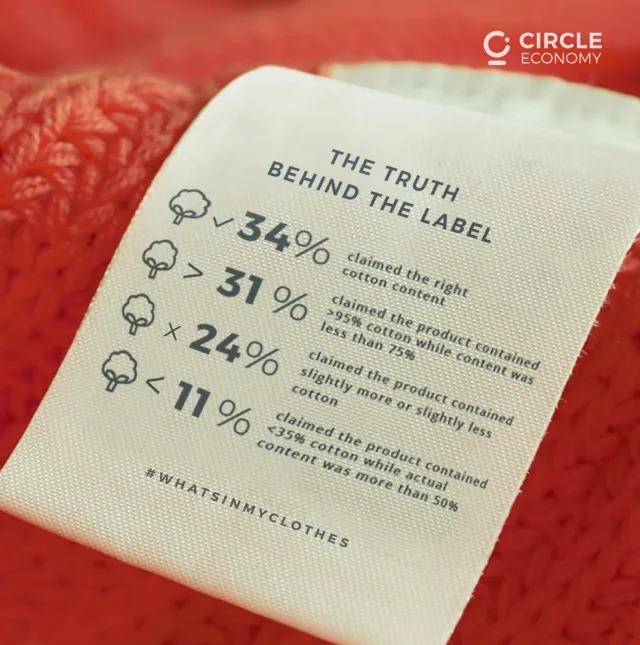
Understanding fabrics helps you understand what goes into the making of a garment
We all associate fashion with clothes, trends and styles. But, more often than not, we have no idea about the use of heavy chemicals throughout the manufacturing process–from raw material to garment. From the use of synthetic dyes to colour the fabric, to fabric treatments to add properties like fire retardation and crease resistance, there can be anywhere up to 2000 chemicals in a single garment. These chemicals can have detrimental, irreversible effects on both the environment and human health. They have also known to find their way into our water systems, in the production as well as post-consumer stage. For instance, polyester, a material found in most of our fashion clothing sheds millions of microscopic plastic particles known as microplastics, while washing. These cause water pollution and disrupt the aquatic ecosystems. By asking ‘What’s in my clothes’, we are consciously choosing clothes made from better processed fabrics, minimizing our exposure to harmful chemicals, while supporting safer, more sustainable practices.
It pushes us to question fast fashion
Fast fashion is popularly identified as a low-cost system that is responsible for the rapid mass production of garments. This production idea has gained popularity in recent years. However, the true cost of this industry extends far beyond its price tags. It lies in the way the industry treats the people who make our clothes and the way it treats the planet. Moreover, there have been instances where production houses deliberately publish misleading informantion while mentioning the composition of the fabrics. This is mostly done to reduce the cost of production and to hide components that may be perceived as a threat to the environment.
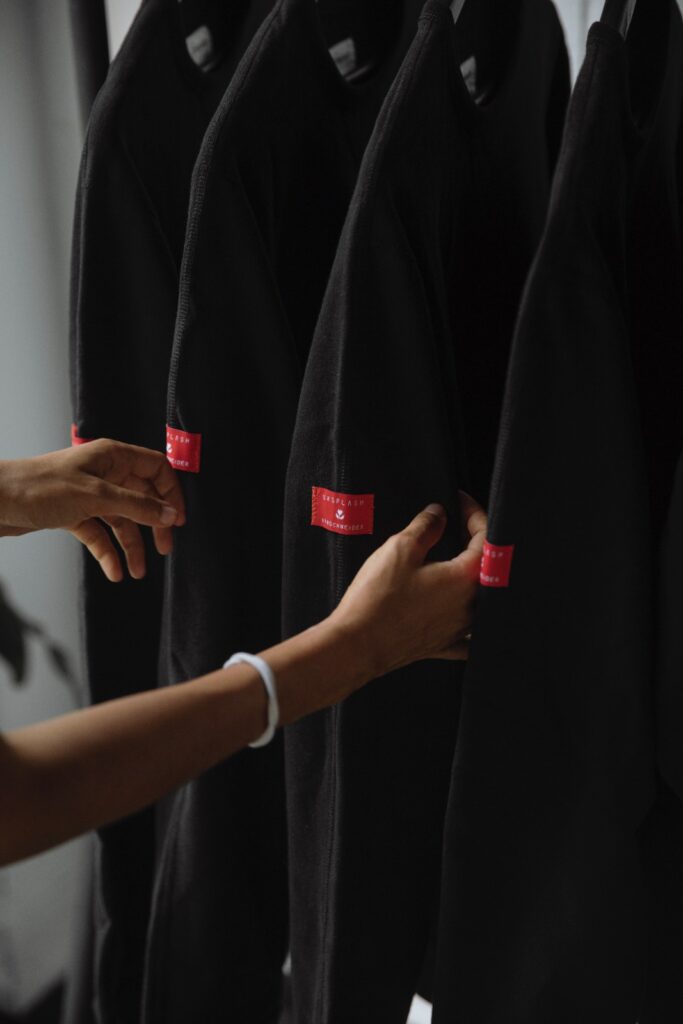
It drives the power of conscious choices
Every time we get dressed, we have the power to make a positive impact. By understanding the hidden realities of our clothes and by embracing sustainable fashion practices, we can contribute to a more environmentally-friendly and socially-just industry. While the challenges faced by the sustainable fashion industry may seem daunting, we can all play a part in driving positive change. By rallying and becoming a part of campaigns such as ‘What’s in my clothes’, we are consciously choosing to consider the environmental and social implications of our clothing choices, and voting with our wallets.
With campaigns such as ‘What’s in my clothes’, we can harness the true power of the hashtag and empower ourselves with information, besides holding brands to accountability. As conscious, informed, empowered consumers, it is incumbent on us to align with trustworthy brands, organizations and individuals, to amplify the message, share the knowledge and encourage others to join the movement toward a kinder fashion industry. Let’s choose garments that reflect our values, ally with campaigns to tell stories of sustainability, and create a better future for fashion—one conscious choice at a time.

